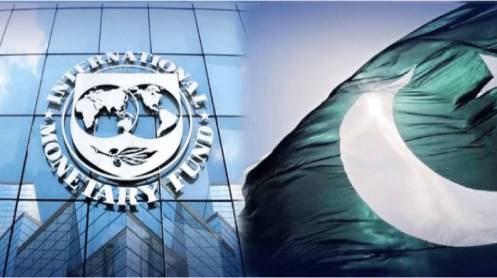Asian spot liquefied natural gas (LNG) prices climbed to near record levels this week as Asian buyers sought to secure supply ahead of winter, narrowing the price spread with Europe where Russian gas flows remain curtailed.
The average LNG price for September delivery into north-east Asia was estimated at $48 per million British thermal units (mmBtu), up $3, or 6.7%, from the previous week, industry sources said.
The average price for October delivery was estimated at $51/mmBtu, exceeding Reuters estimated record levels seen in December at slightly over $48/mmBtu.
“Prices continue to be elevated in Asia, with Japan and Korea propping levels up with recent tenders, while there is still some apprehension about when China will come back,” said Toby Copson, global head of trading and advisory at Trident LNG.
In a week when winter buying demand from Japan and South Korea came into focus for market participants, the differential between Asian and European LNG prices has widened.
On Thursday, the October derivatives for Platts Japan Korea Market (JKM) – widely used as an Asian benchmark – rose to a $4.70/mmBtu premium to its European LNG benchmark, Platts DES Northwest Europe, according to Ciaran Roe, global director of LNG at S&P Global Commodity Insights.
“This would allow for Atlantic Basin LNG to flow to North Asia over Northwest Europe,” Roe said.
In Europe, S&P Global Commodity Insights assessed LNG prices on a delivered ex-ship (DES) basis into north-west Europe at $47.123/mmBtu on Aug. 11, a discount of $15.65/mmBtu to September TTF prices.
“Platts NWE forward curve was assessed throughout winter months at a nearly $13/mmBtu discount to the equivalent TTF contract month, meaning that the market perception currently is that heavy discounts will remain for the coming months,” Roe added.
More gas is being used for power generation in Europe than expected due to difficulties securing alternative energy sources, posing additional challenges for already tight gas markets, according to Hans van Cleef, senior energy economist at ABN AMRO.
Wind power output is weak, low water levels are hindering deliveries of coal to power plants and nuclear plants are running at lower capacity due to a heatwave.
“Most of the available LNG is heading towards Europe, as it is still paying more for LNG than Asian buyers. Question is whether this will remain when the summer is over and when the heating season starts. Such uncertainties will continue to drive LNG and gas prices for the coming months,” Van Cleef said.
Refinitiv shipping data shows Russia has exported its first ever direct LNG volumes to Indonesia, in what could be a re-allocation of Russian LNG cargoes to new trade routes.
In the United States, the market is concerned that the Gulf of Mexico hurricane season – which typically peaks in mid-August to mid-November – could curtain natural gas production, Rystad Energy said.





